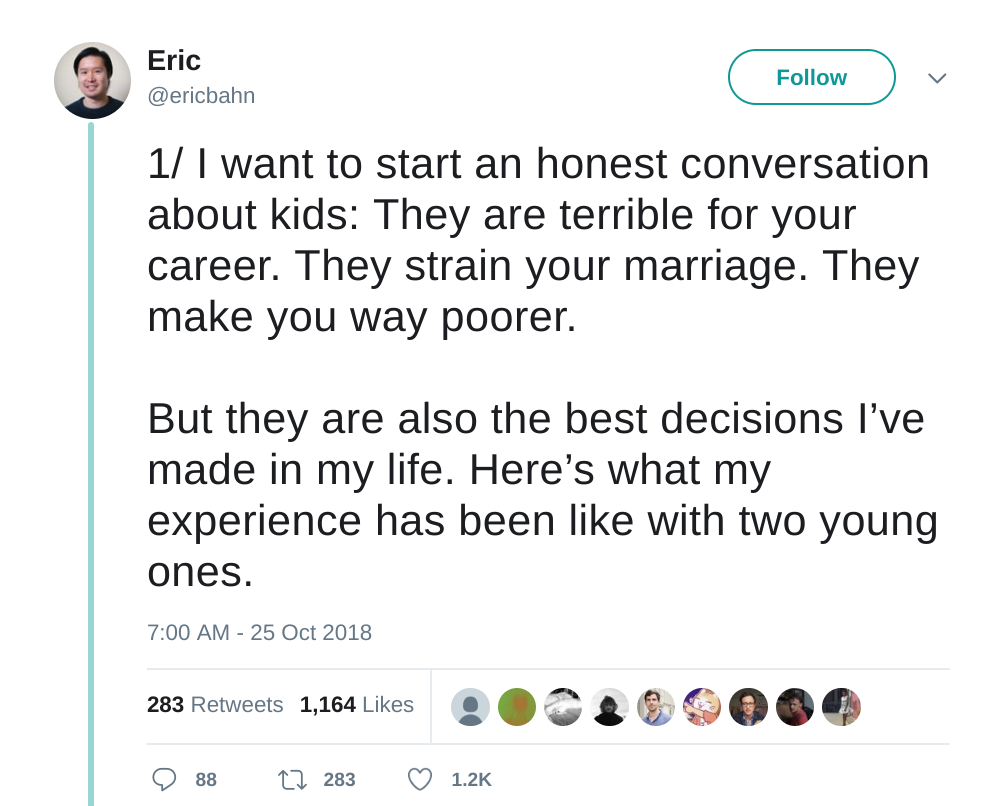What has been unique for most of us about the living in a pandemic is how pervasive its affects have been. For many, there has been an economic component – layoffs, furloughs, pay-cuts. For those still employed, a radically different work environment emerged – at home, over video, and without childcare. For the extroverts, a distinct lack of friends and family to share a meal or a drink. For the introverts, being cooped up with the same people means a lack of the “in between” moments to recharge. For all, the loneliness that comes from lack of connection and extended isolation.
Every aspect of our lives have had to be adapted over the last three months. Vacations canceled. Plans put on hold for a “to be determined” later date due to economic uncertainty. Decisions about going back to work weighed against heightened exposure. Physical separation from people you love. Increased conflict from diverging viewpoints on the right way forward compounded with increased stress.
Once you have done the work to start with you and broken your cycle of helplessness, you can start to extend your leadership to those around you. The best way to start this is by investing in an empathy/compassion practice.
“If you want others to be happy, practice compassion. If you want to be happy, practice compassion.” – Dalai Lama
I’ll ask you to pause here – do you consider yourself to be a compassionate and empathetic person? Compassion is the ability to feel concern for another and have a desire to help. If you reflect on what the words mean, most of us would say yes to that statement.
Second question: how far does that compassion or empathy extend? It is easy to have compassion for those you are close too, how about your coworkers? How about strangers? How about those living on the other side of the world?
In moments of stress (*hint* this is right now, in a global pandemic), we tend to re-center on ourselves. What do I want, what am I going through right now, what is my opinion on whether bars should be open or masks required. When our problems and points of view become more “important” it is because we are centering on ourselves vs others and our sense of compassion and empathy deteriorates.
An empathy/compassion practice is taking the time to imagine a loved one suffering – something terrible has happened to them. With that person and their suffering fixed in your mind, imagine the pain they are going through. Think about what that pain would mean for how they engage with their family, their friends, and at their work. After you have done this for loved ones, expand your circle. If you find it difficult to understand the pain of someone, educate yourself that suffering and pain.
My last day of paternity leave was the day that Lyft laid off 17% of it’s workforce. I spent most of my first 48 hours back at work investing in my empathy/compassion practice. This enabled me to be vulnerable about what I was going through – and extend that compassion I had learned to give myself to those around me. Here is the email I sent to my team; the output of that practice:
Yesterday was my first day back from paternity leave and a really hard day as we said goodbye to so many amazing members of the Lyft family.
Everyone keeps saying “unprecedented” to describe what is happening in the world right now. Talking to my daughter Lucy about how we are feeling, three simple words seem to sum up “unprecedented” for me. Confused, scared and sad.
Confused on how to do normal things like shop or work with young children at home. Confused on how to talk to my daughter about the fact that she can’t go to the playground or school for an undetermined period of time. Confused about how to feel being the one not let go when so many friends and family are losing their jobs.
Scared for my sister who lost both of her jobs. Scared that my wife or daughters will get sick. Scared for the economy to not recover.
Sad that our family hasn’t gotten to meet our new daughter Winnie. Sad whenever I try to smile behind a mask picking up groceries and realize that the other person can’t see it. Sad for my friends who have lost loved ones.
I don’t have answers to any of those feelings or the best way to respond for each of you to yesterday’s events. That being said, I want to share what I’m doing in this new normal (and what I’d encourage each of you to do too).
Check-in often. Ask your friends and loved ones how they are doing and listen to the response. My wife and I are using a 1-10 scale because to be honest some days there are no good woods to describe a “1” day.
Ask how you can help. This can be someone to just listen, it could be a card, a job connection or LinkedIn recommendation.
Be kind to yourself. When you hit the “1” mentality remind yourself of 5 specific things you are thankful for to reground in what is important. If you haven’t taken advantage of our mental health benefits, highly recommend it even if you don’t think you need help.
I love all of you and am excited to be back even during this time. Please let me how I can support you over the next few months!
This is the second post in a series of four posts about leading with empathy. Here’s the first post in the series.









